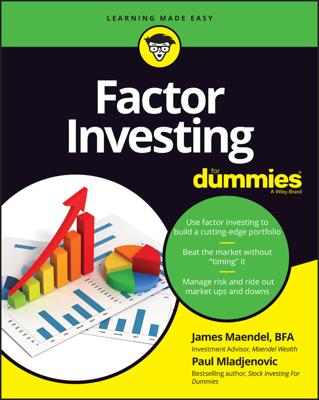You can draw any old line that your eye dictates when creating trendlines on a trading chart, but rule-based trendlines have a long history of actually working to improve trading results, in part because everyone knows the rules and draws the same lines. This gives some practical meaning to the phrase “reading the mind of the market.”
A rule-based trendline is one that starts and stops according to well-defined conditions, such as a line starting at the lowest low of the last three days and ending at the highest high of the last three days. A rule-based trendline is better than an impressionistic trendline for three reasons:
It doesn’t let you impose your personal view of what the trend should be.
It improves your ability (and self confidence) to buy a security when its price is rising or sell it when the price is falling.
It helps prevent loss by showing you the exit at the right time.
Follow these steps to draw a rule-based trendline for an uptrend:
Start at the lowest low and connect the line to the next low that precedes a new high.
As long as new highs are being made, redraw the line to connect to the lowest low before the last high.
When prices stop making new highs, stop drawing. Extend the line out into the future at the same slope.
Follow these steps to draw a rule-based trendline for a downtrend:
Start at the highest high and connect the line to the next high that precedes a new low.
As long as new lows are being made, redraw the line to connect to the highest high before the last low.
When prices stop making new lows, stop drawing. Extend the line out into the future at the same slope.
Drawing rules-based trendlines is a dynamic process. You often have to erase one line and draw another one when conditions change.

